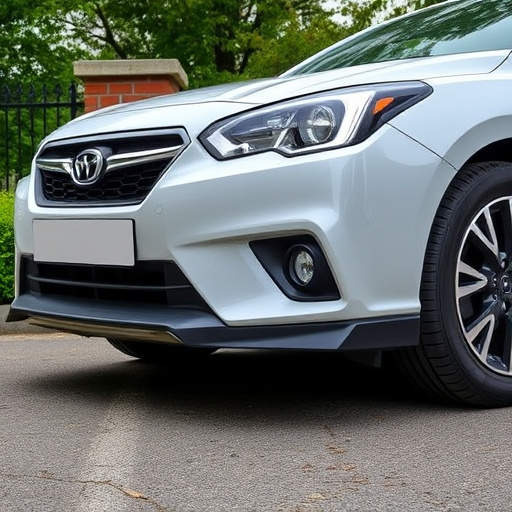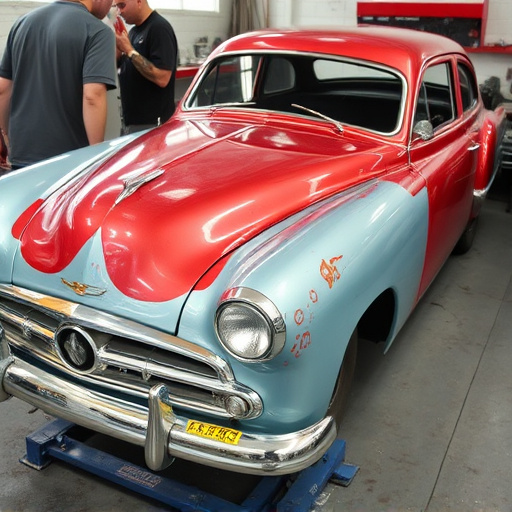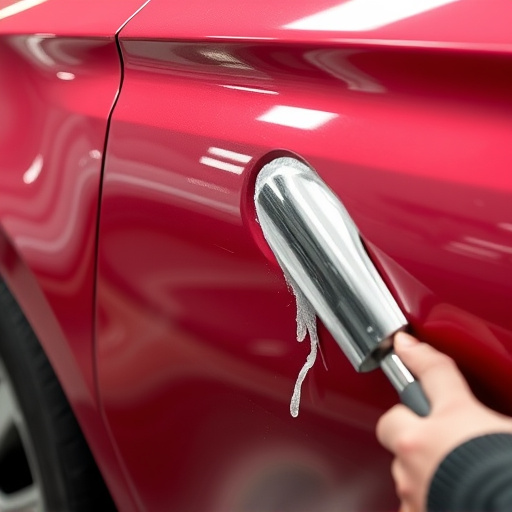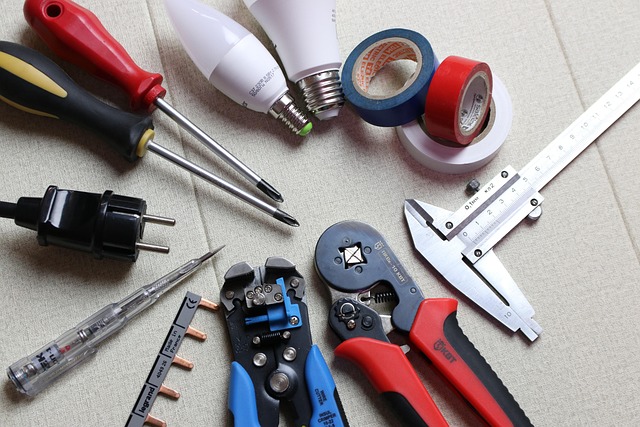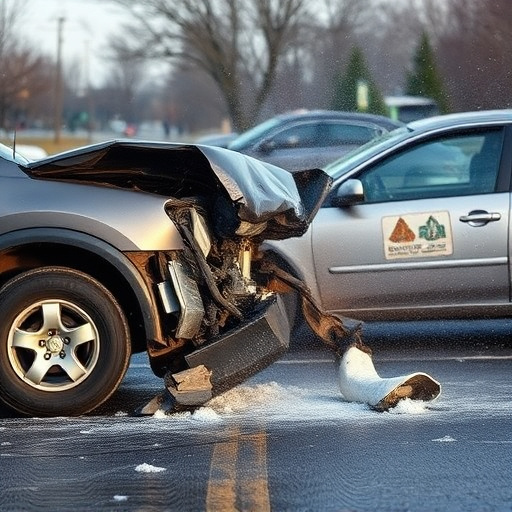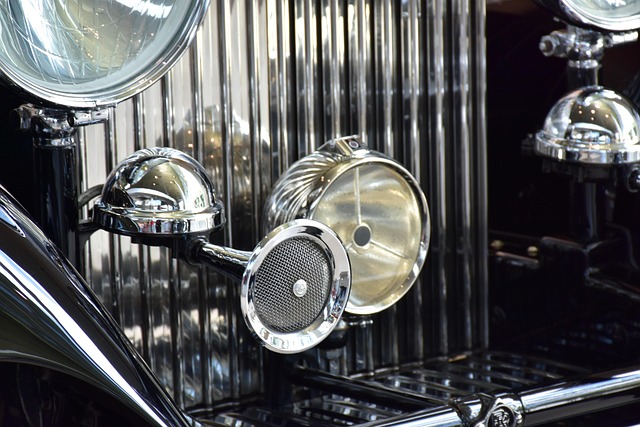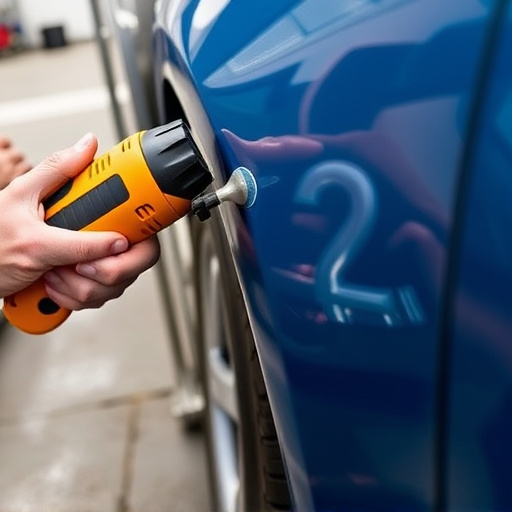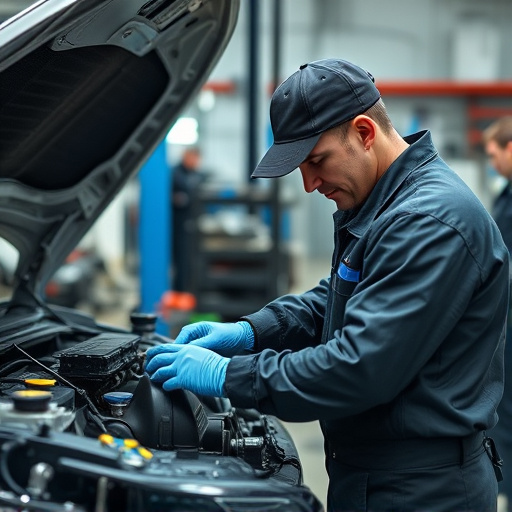Engine mount collision damage from accidents can cause misalignment, asymmetrical tire wear, and component cracks. Visual inspections and professional mechanical checks are crucial before body repairs. Regular maintenance prevents or minimizes damage, enhancing vehicle safety and performance. Prompt action is vital for structural integrity; repairs include replacing damaged mounts and reinforcing components.
“Engine mount collision damage can go unnoticed, but recognizing subtle signs is crucial for safety. This article explores the visual indicators of engine mount issues caused by collisions, providing insights into common causes and effective diagnosis. Learn how to identify mounting problems that may compromise vehicle performance and stability. By understanding these signs, you’ll be better equipped to address engine mount collision damage promptly, ensuring a safer driving experience.”
- Visual Signs of Engine Mount Damage
- Common Causes of Collision-Related Mount Issues
- Diagnosing and Addressing Mount Collison Damage Effectively
Visual Signs of Engine Mount Damage

The engine mount is a crucial component that connects your vehicle’s engine to the chassis. Any collision, even what might seem like a minor fender bender, can cause damage to this vital part. Recognizing visual signs of engine mount collision damage is essential for safety and proper auto body repair. One of the most noticeable symptoms is a distinct offset or misalignment in the engine. This may appear as one side looking lower than the other, indicating potential mounting issues.
Additionally, unexpected vibrations during acceleration or uneven wear patterns on tires can be telltale signs. In some cases, an engine mount collision might leave visible marks such as cracks or deformities on the surrounding components. If you notice these symptoms post a collision, it’s crucial to have your vehicle inspected by a professional mechanic before proceeding with any vehicle dent repair or assuming everything is fine.
Common Causes of Collision-Related Mount Issues

Engine mount collision damage is a common occurrence following vehicular accidents, often resulting from the force exerted on the vehicle’s undercarriage. The engine and transmission are heavy components that require sturdy mounts to keep them securely in place. During a collision, these mounts can sustain significant stress, leading to cracks, breaks, or misalignment. This can be particularly pronounced if the impact occurs at higher speeds or involves severe frontal or rear-end collisions.
Several factors contribute to engine mount collision damage. High-speed crashes often cause excessive force to be transferred to the engine bay, exceeding the strength of the mounts. Additionally, underbody components designed for energy absorption may not adequately protect the mounts from direct impact. Older vehicles with worn-out or improperly installed mounts are also more susceptible. Regular maintenance and timely repairs at a reputable auto repair shop or body shop service can help prevent or mitigate these issues, ensuring optimal vehicle performance and safety.
Diagnosing and Addressing Mount Collison Damage Effectively

Diagnosing engine mount collision damage is crucial for ensuring safety and optimal vehicle performance. The first step is to visually inspect the engine and its mounts for any signs of deformation, cracks, or unusual wear patterns. A fender bender or minor accident might not always be apparent through external checks, so it’s important to raise the car and thoroughly examine the undercarriage and mount components. If you notice any damage, it’s recommended to consult with a professional mechanic who can diagnose more accurately using specialized tools and expertise.
Effective addressing of engine mount collision damage involves timely action. Delaying repairs can lead to more severe issues as neglected damage may compromise the structural integrity of your vehicle. Repairs typically involve replacing damaged or collapsed engine mounts, ensuring proper alignment, and sometimes reinforcing the surrounding components. Many automotive repair shops offer tire services and comprehensive diagnostics, making it easier to address both immediate and long-term concerns stemming from a fender bender.
When it comes to addressing engine mount collision damage, recognizing the signs early is crucial. By understanding visual indicators and common causes, you can effectively diagnose and mitigate these issues. Prompt action not only ensures optimal vehicle performance but also prevents more severe and costly damage down the line. Stay vigilant, watch for these signs, and remember that regular maintenance can often prevent what might seem like a minor issue from becoming a major problem.

